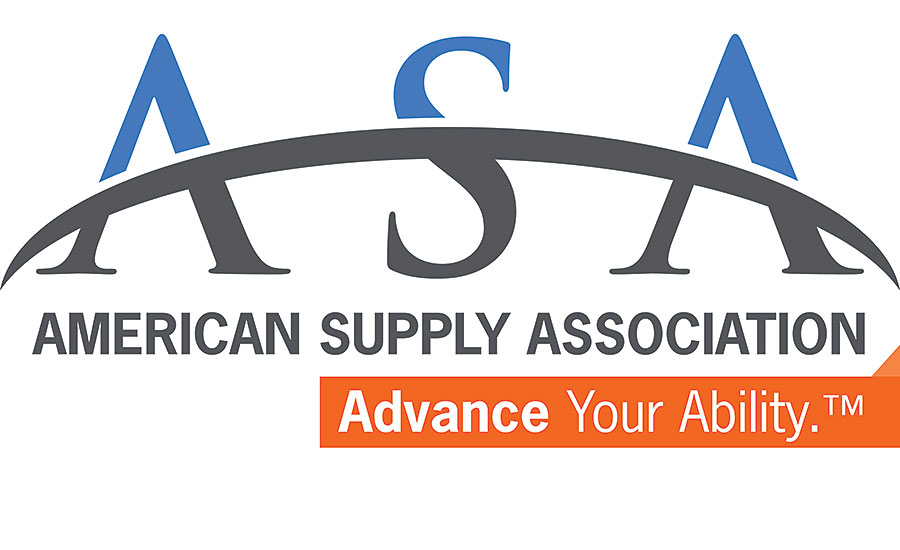Distributors should be involved in codes and standards

The codes and standards development process can be a confusing and overwhelming process that never ends.
The American Supply Association believes that being at the forefront battling code issues is necessary to protect the interest of its members. The ASA Codes and Standards department is a tool ASA members have to engage themselves in the process.
When it comes to codes and standards, there are many sectors of the industry that are heavily involved in the process, some of which are inspectors, installers, contractors, engineer, manufactures, etc.
However, the missing link to this equation are distributors. Distributors are not so much linked to codes and standards because it is not typical for them to have a strong presence at code hearings. This could be because distributors are more concerned with the business aspects of things such as marketing. However, it is as equally important for distributors as it is for manufacturers to maintain a presence in the code- development process. The decisions being made at the hearings can impact the way business is conducted throughout the entire distribution chain.
For example, a distributor that carries air-admittance valves in its inventory will find it rather difficult to get its products off the shelf in those jurisdictions that adopt the Uniform Plumbing Code (UPC). This is because air-admittance valves are recognized in jurisdictions that adopt the International Plumbing Code (IPC) but not in jurisdictions that adopt the UPC.
There are plumbing product listings that are recognized in the UPC that are not recognized in the IPC. For example, according to the 2015 UPC (Section 408.1) showers must be listed to ASME A112.19.1/CSA B45.2, ASME A112.19.2/CSA B45.1, ASME A112.19.3/CSA B45.4 or CSA B45.5/IAPMO Z124.
In the 2015 IPC (Section 417.1), however, only showers listed to ASME A112.19.2/CSA B45.1 or CS B45.5/IAPMO Z124 are recognized. A contractor wishing to install an enameled cast shower listed to ASME A112.19.1/CSA B45.2 will have to go through an additional process to have such shower installed in jurisdictions that adopt the IPC.
For HVAC products, the 2015 International Mechanical Code (IMC) allows flexible air ducts to be installed without length limitations. In the 2015 Uniform Mechanical Code (UMC), flexible ducts are limited to 5-ft. lengths for commercial applications. This gives distributors a sense that in those parts of the country where the 2015 UMC is adopted they should be stocking more sheet-metal ducts than flexible air ducts.
In order for a contractor to install products not recognized in the codes, there is an additional and rigorous process that must be followed in order to get such product approved by their local jurisdiction. Consequently, the installer will most likely be purchasing products that are already recognized by the adopted model codes to avoid potential headaches. This limits where a distributor or supplier can do business. Knowing this information, inventory can be adjusted to prevent slow-moving material or dead stock.
It is crucial for distributors and suppliers to have a seat at the table when decisions are being made during code hearings. Distributors and suppliers can voice their opinion to sway the committee to vote in their favor, but most importantly can be aware of potential issues to better control their products and business decisions.
Looking for a reprint of this article?
From high-res PDFs to custom plaques, order your copy today!








